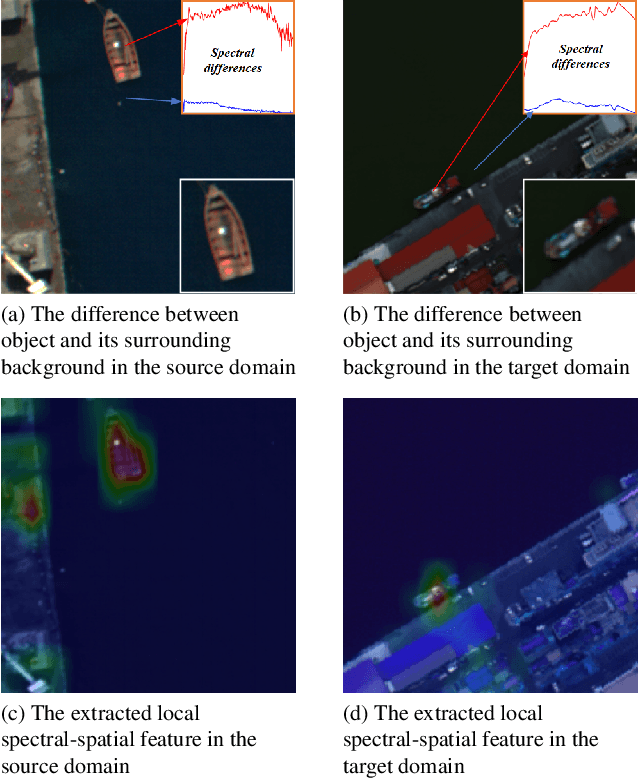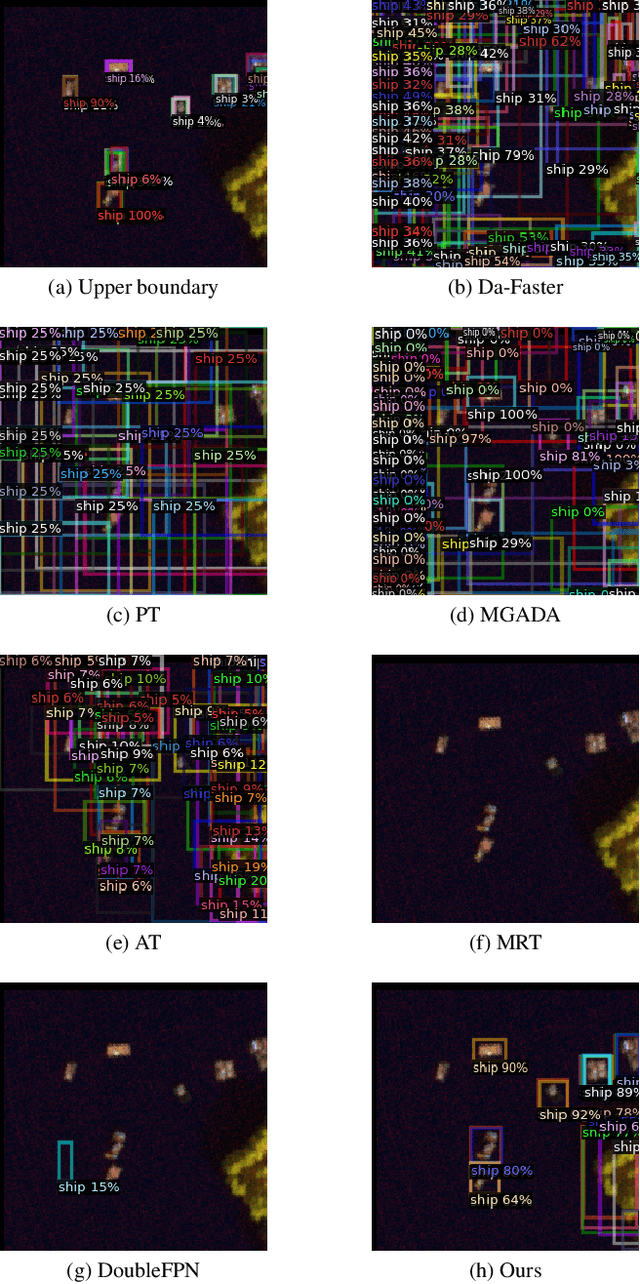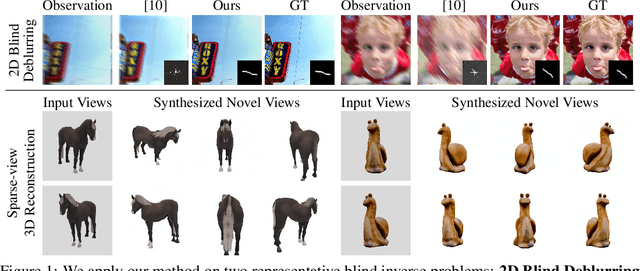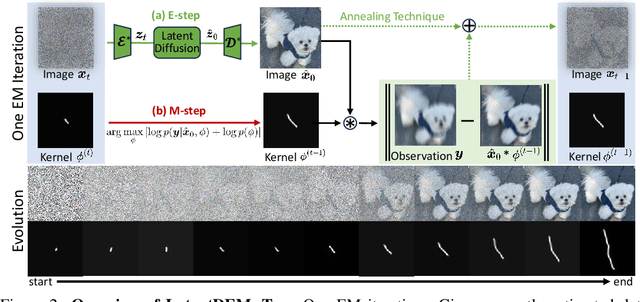He Sun
Comprehensive Manuscript Assessment with Text Summarization Using 69707 articles
Mar 26, 2025Abstract:Rapid and efficient assessment of the future impact of research articles is a significant concern for both authors and reviewers. The most common standard for measuring the impact of academic papers is the number of citations. In recent years, numerous efforts have been undertaken to predict citation counts within various citation windows. However, most of these studies focus solely on a specific academic field or require early citation counts for prediction, rendering them impractical for the early-stage evaluation of papers. In this work, we harness Scopus to curate a significantly comprehensive and large-scale dataset of information from 69707 scientific articles sourced from 99 journals spanning multiple disciplines. We propose a deep learning methodology for the impact-based classification tasks, which leverages semantic features extracted from the manuscripts and paper metadata. To summarize the semantic features, such as titles and abstracts, we employ a Transformer-based language model to encode semantic features and design a text fusion layer to capture shared information between titles and abstracts. We specifically focus on the following impact-based prediction tasks using information of scientific manuscripts in pre-publication stage: (1) The impact of journals in which the manuscripts will be published. (2) The future impact of manuscripts themselves. Extensive experiments on our datasets demonstrate the superiority of our proposed model for impact-based prediction tasks. We also demonstrate potentials in generating manuscript's feedback and improvement suggestions.
A Survey on Federated Fine-tuning of Large Language Models
Mar 15, 2025Abstract:Large Language Models (LLMs) have achieved remarkable success across a wide range of tasks, with fine-tuning playing a pivotal role in adapting them to specific downstream applications. Federated Learning (FL) offers a promising approach that enables collaborative model adaptation while ensuring data privacy, i.e., FedLLM. In this survey, we provide a systematic and thorough review of the integration of LLMs with FL. Specifically, we first trace the historical evolution of both LLMs and FL, while summarizing relevant prior surveys. We then present an in-depth analysis of the fundamental challenges encountered in deploying FedLLM. Following this, we conduct an extensive study of existing parameter-efficient fine-tuning (PEFT) methods and explore their applicability in FL. Furthermore, we introduce a comprehensive evaluation benchmark to rigorously assess FedLLM performance and discuss its diverse real-world applications across multiple domains. Finally, we identify critical open challenges and outline promising research directions to drive future advancements in FedLLM. We maintain an active \href{https://github.com/Clin0212/Awesome-Federated-LLM-Learning}{GitHub repository} tracking cutting-edge advancements. This survey serves as a foundational resource for researchers and practitioners, offering insights into the evolving landscape of federated fine-tuning for LLMs while guiding future innovations in privacy-preserving AI.
Coreset Spectral Clustering
Mar 10, 2025Abstract:Coresets have become an invaluable tool for solving $k$-means and kernel $k$-means clustering problems on large datasets with small numbers of clusters. On the other hand, spectral clustering works well on sparse graphs and has recently been extended to scale efficiently to large numbers of clusters. We exploit the connection between kernel $k$-means and the normalised cut problem to combine the benefits of both. Our main result is a coreset spectral clustering algorithm for graphs that clusters a coreset graph to infer a good labelling of the original graph. We prove that an $\alpha$-approximation for the normalised cut problem on the coreset graph is an $O(\alpha)$-approximation on the original. We also improve the running time of the state-of-the-art coreset algorithm for kernel $k$-means on sparse kernels, from $\tilde{O}(nk)$ to $\tilde{O}(n\cdot \min \{k, d_{avg}\})$, where $d_{avg}$ is the average number of non-zero entries in each row of the $n\times n$ kernel matrix. Our experiments confirm our coreset algorithm is asymptotically faster on large real-world graphs with many clusters, and show that our clustering algorithm overcomes the main challenge faced by coreset kernel $k$-means on sparse kernels which is getting stuck in local optima.
Hyperspectral Image Cross-Domain Object Detection Method based on Spectral-Spatial Feature Alignment
Nov 25, 2024



Abstract:With consecutive bands in a wide range of wavelengths, hyperspectral images (HSI) have provided a unique tool for object detection task. However, existing HSI object detection methods have not been fully utilized in real applications, which is mainly resulted by the difference of spatial and spectral resolution between the unlabeled target domain and a labeled source domain, i.e. the domain shift of HSI. In this work, we aim to explore the unsupervised cross-domain object detection of HSI. Our key observation is that the local spatial-spectral characteristics remain invariant across different domains. For solving the problem of domain-shift, we propose a HSI cross-domain object detection method based on spectral-spatial feature alignment, which is the first attempt in the object detection community to the best of our knowledge. Firstly, we develop a spectral-spatial alignment module to extract domain-invariant local spatial-spectral features. Secondly, the spectral autocorrelation module has been designed to solve the domain shift in the spectral domain specifically, which can effectively align HSIs with different spectral resolutions. Besides, we have collected and annotated an HSI dataset for the cross-domain object detection. Our experimental results have proved the effectiveness of HSI cross-domain object detection, which has firstly demonstrated a significant and promising step towards HSI cross-domain object detection in the object detection community.
RSRP Measurement Based Channel Autocorrelation Estimation for IRS-Aided Wideband Communication
Nov 04, 2024



Abstract:The passive and frequency-flat reflection of IRS, as well as the high-dimensional IRS-reflected channels, have posed significant challenges for efficient IRS channel estimation, especially in wideband communication systems with significant multi-path channel delay spread. To address these challenges, we propose a novel neural network (NN)-empowered framework for IRS channel autocorrelation matrix estimation in wideband orthogonal frequency division multiplexing (OFDM) systems. This framework relies only on the easily accessible reference signal received power (RSRP) measurements at users in existing wideband communication systems, without requiring additional pilot transmission. Based on the estimates of channel autocorrelation matrix, the passive reflection of IRS is optimized to maximize the average user received signal-to-noise ratio (SNR) over all subcarriers in the OFDM system. Numerical results verify that the proposed algorithm significantly outperforms existing powermeasurement-based IRS reflection designs in wideband channels.
Learning Diffusion Model from Noisy Measurement using Principled Expectation-Maximization Method
Oct 15, 2024Abstract:Diffusion models have demonstrated exceptional ability in modeling complex image distributions, making them versatile plug-and-play priors for solving imaging inverse problems. However, their reliance on large-scale clean datasets for training limits their applicability in scenarios where acquiring clean data is costly or impractical. Recent approaches have attempted to learn diffusion models directly from corrupted measurements, but these methods either lack theoretical convergence guarantees or are restricted to specific types of data corruption. In this paper, we propose a principled expectation-maximization (EM) framework that iteratively learns diffusion models from noisy data with arbitrary corruption types. Our framework employs a plug-and-play Monte Carlo method to accurately estimate clean images from noisy measurements, followed by training the diffusion model using the reconstructed images. This process alternates between estimation and training until convergence. We evaluate the performance of our method across various imaging tasks, including inpainting, denoising, and deblurring. Experimental results demonstrate that our approach enables the learning of high-fidelity diffusion priors from noisy data, significantly enhancing reconstruction quality in imaging inverse problems.
Integrating Amortized Inference with Diffusion Models for Learning Clean Distribution from Corrupted Images
Jul 15, 2024



Abstract:Diffusion models (DMs) have emerged as powerful generative models for solving inverse problems, offering a good approximation of prior distributions of real-world image data. Typically, diffusion models rely on large-scale clean signals to accurately learn the score functions of ground truth clean image distributions. However, such a requirement for large amounts of clean data is often impractical in real-world applications, especially in fields where data samples are expensive to obtain. To address this limitation, in this work, we introduce \emph{FlowDiff}, a novel joint training paradigm that leverages a conditional normalizing flow model to facilitate the training of diffusion models on corrupted data sources. The conditional normalizing flow try to learn to recover clean images through a novel amortized inference mechanism, and can thus effectively facilitate the diffusion model's training with corrupted data. On the other side, diffusion models provide strong priors which in turn improve the quality of image recovery. The flow model and the diffusion model can therefore promote each other and demonstrate strong empirical performances. Our elaborate experiment shows that FlowDiff can effectively learn clean distributions across a wide range of corrupted data sources, such as noisy and blurry images. It consistently outperforms existing baselines with significant margins under identical conditions. Additionally, we also study the learned diffusion prior, observing its superior performance in downstream computational imaging tasks, including inpainting, denoising, and deblurring.
Blind Inversion using Latent Diffusion Priors
Jul 01, 2024



Abstract:Diffusion models have emerged as powerful tools for solving inverse problems due to their exceptional ability to model complex prior distributions. However, existing methods predominantly assume known forward operators (i.e., non-blind), limiting their applicability in practical settings where acquiring such operators is costly. Additionally, many current approaches rely on pixel-space diffusion models, leaving the potential of more powerful latent diffusion models (LDMs) underexplored. In this paper, we introduce LatentDEM, an innovative technique that addresses more challenging blind inverse problems using latent diffusion priors. At the core of our method is solving blind inverse problems within an iterative Expectation-Maximization (EM) framework: (1) the E-step recovers clean images from corrupted observations using LDM priors and a known forward model, and (2) the M-step estimates the forward operator based on the recovered images. Additionally, we propose two novel optimization techniques tailored for LDM priors and EM frameworks, yielding more accurate and efficient blind inversion results. As a general framework, LatentDEM supports both linear and non-linear inverse problems. Beyond common 2D image restoration tasks, it enables new capabilities in non-linear 3D inverse rendering problems. We validate LatentDEM's performance on representative 2D blind deblurring and 3D sparse-view reconstruction tasks, demonstrating its superior efficacy over prior arts.
An Expectation-Maximization Algorithm for Training Clean Diffusion Models from Corrupted Observations
Jul 01, 2024Abstract:Diffusion models excel in solving imaging inverse problems due to their ability to model complex image priors. However, their reliance on large, clean datasets for training limits their practical use where clean data is scarce. In this paper, we propose EMDiffusion, an expectation-maximization (EM) approach to train diffusion models from corrupted observations. Our method alternates between reconstructing clean images from corrupted data using a known diffusion model (E-step) and refining diffusion model weights based on these reconstructions (M-step). This iterative process leads the learned diffusion model to gradually converge to the true clean data distribution. We validate our method through extensive experiments on diverse computational imaging tasks, including random inpainting, denoising, and deblurring, achieving new state-of-the-art performance.
Dynamic Spectral Clustering with Provable Approximation Guarantee
Jun 05, 2024



Abstract:This paper studies clustering algorithms for dynamically evolving graphs $\{G_t\}$, in which new edges (and potential new vertices) are added into a graph, and the underlying cluster structure of the graph can gradually change. The paper proves that, under some mild condition on the cluster-structure, the clusters of the final graph $G_T$ of $n_T$ vertices at time $T$ can be well approximated by a dynamic variant of the spectral clustering algorithm. The algorithm runs in amortised update time $O(1)$ and query time $o(n_T)$. Experimental studies on both synthetic and real-world datasets further confirm the practicality of our designed algorithm.
 Add to Chrome
Add to Chrome Add to Firefox
Add to Firefox Add to Edge
Add to Edge